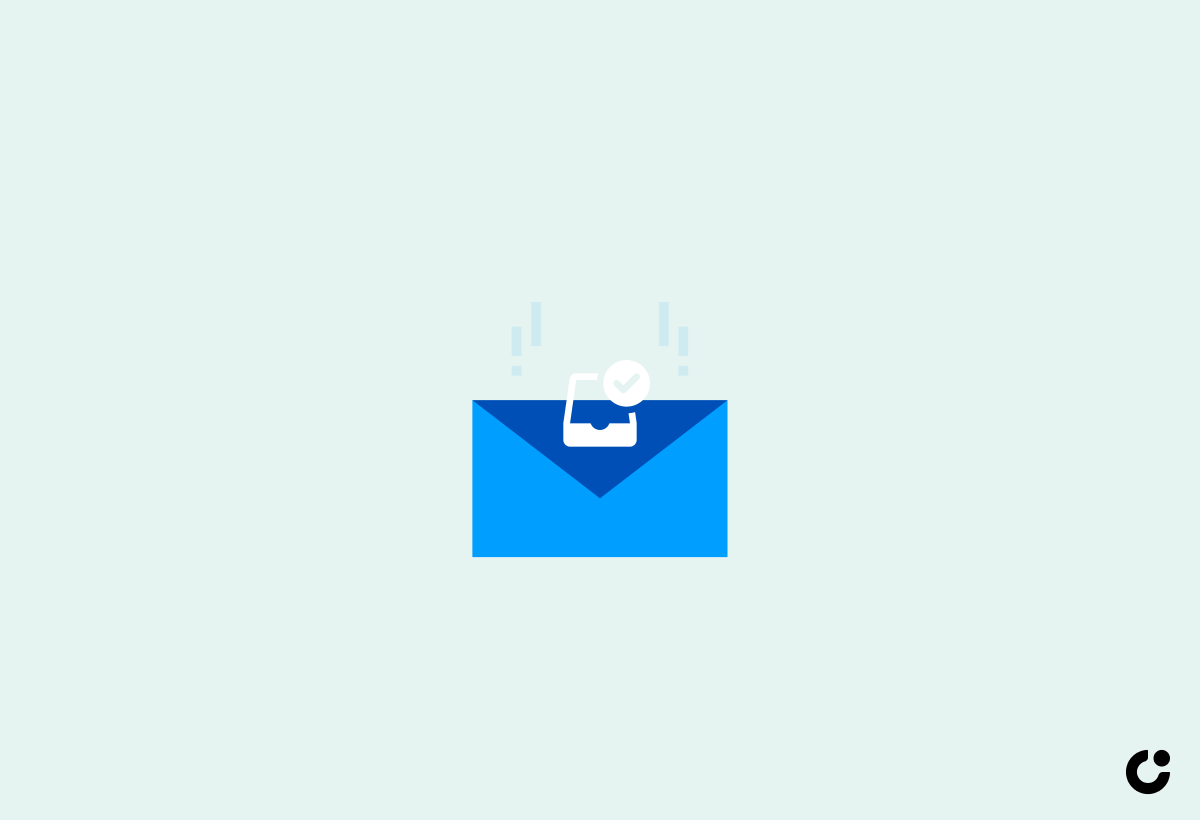In today's fast-paced digital world, maintaining personal connections is more important than ever. One effective way to stay engaged with your contacts is through check-in emails. These emails serve as a valuable tool for relationship building, offering a chance to touch base, show you care, and provide value to your recipients.
In this article, we will explore the power of check-in emails, the benefits they offer, effective strategies for crafting them, tips for writing compelling content, common mistakes to avoid, and how to utilize free tools for email validation.
Whether you're a seasoned pro or new to the world of email communication, this comprehensive guide will help you master the art of check-in emails.
Key Takeaways:
Personalize your check-in emails to build strong relationships with clients or colleagues. Use their name, reference past interactions, and show genuine interest in their well-being.
Structure your check-in emails for success by keeping them concise and clear. Use a friendly tone and include specific questions or requests to encourage a response.
Utilize free tools for email validation to ensure the quality of your email list. Email checker APIs can help you maintain a reliable and up-to-date contact list for effective communication.
Introduction to Check-In Emails
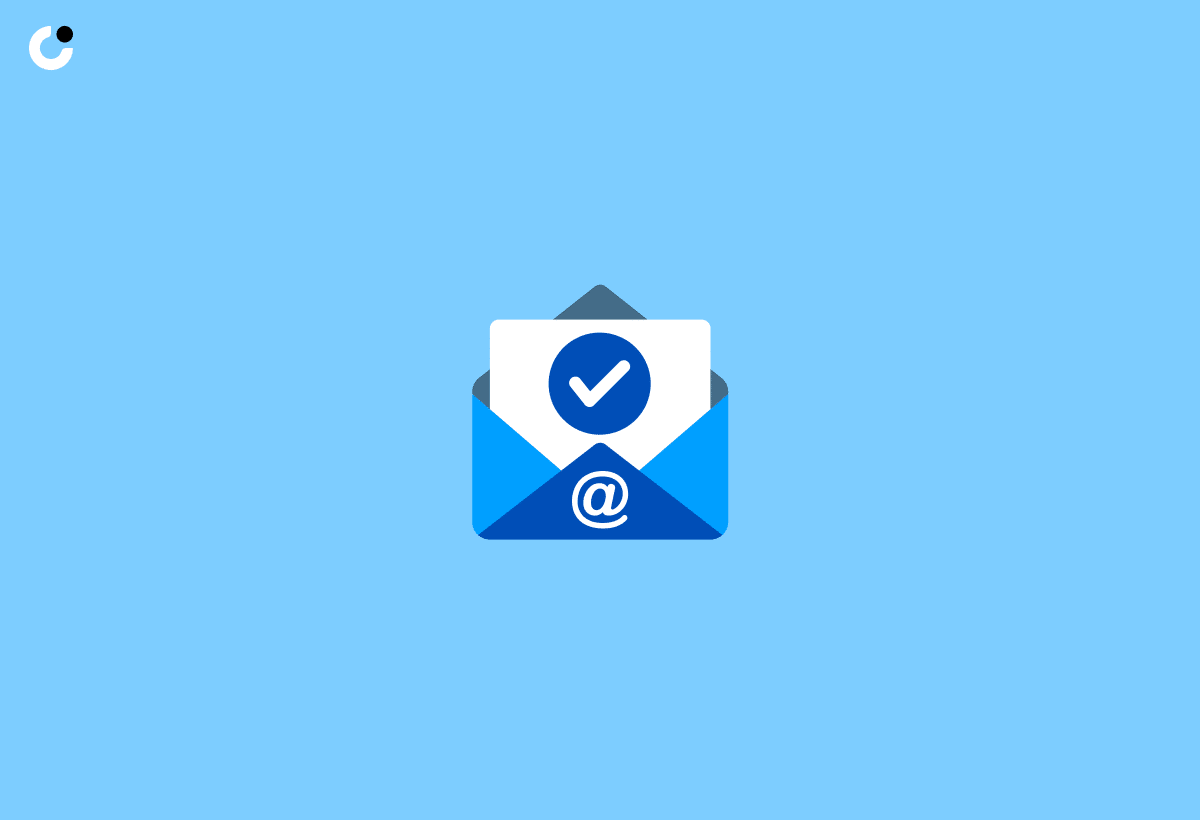
Introduction to Check-In Emails Check-in emails are a crucial part of maintaining communication and nurturing relationships with clients, colleagues, and networking contacts.
Regular check-in emails play a vital role in demonstrating your commitment to the relationship and fostering trust. They provide an opportunity to show genuine interest in the recipient's well-being, progress, and needs. By staying in touch proactively, you show reliability and dedication to the professional connection.
Personalized interactions in these emails can go a long way. Addressing specific topics discussed previously or mentioning recent achievements of the recipient shows attentiveness and care. Using templates can help streamline the process while still allowing room for customization based on the individual you are reaching out to.
The Importance of Check-In Emails in Relationship Building
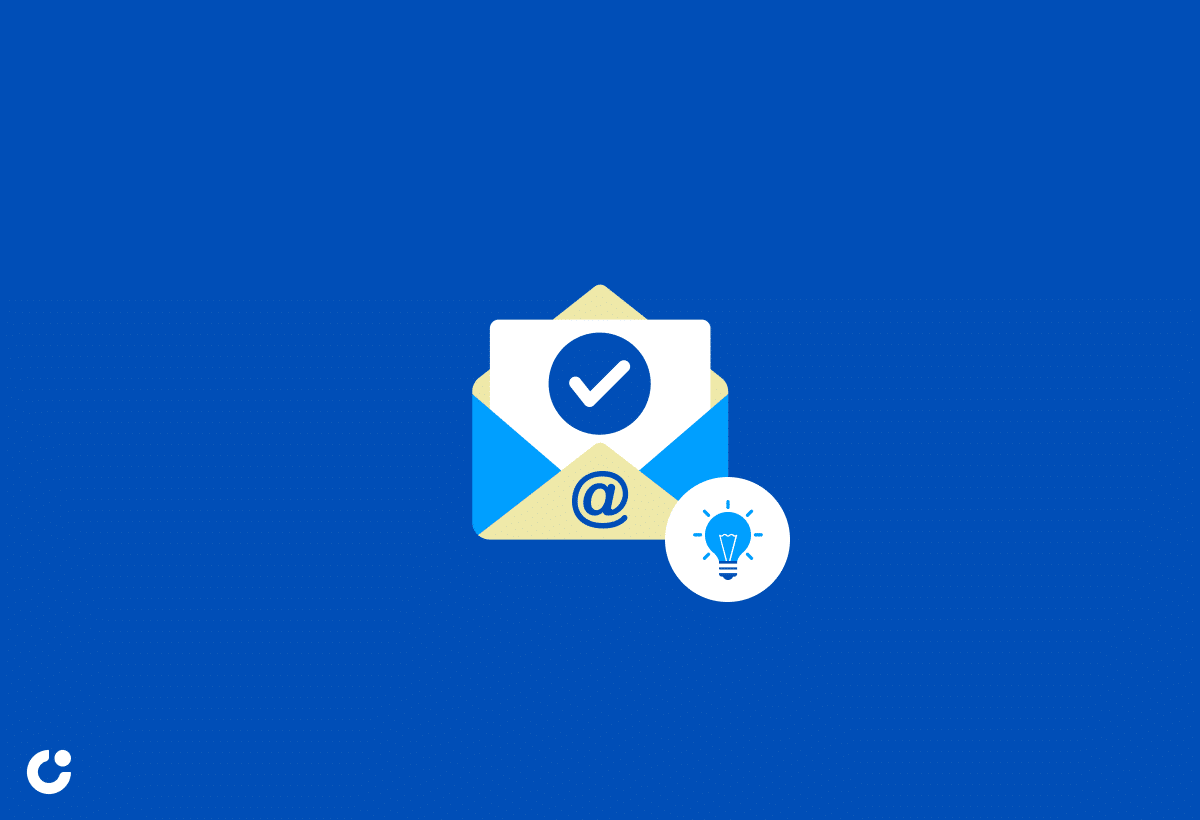
Check-in emails play a vital role in relationship building by fostering ongoing communication, understanding the context of professional connections, and maintaining a personal touch in interactions.
When crafted thoughtfully, check-in emails can significantly contribute to nurturing relationships by demonstrating genuine interest and care towards clients or colleagues. By taking the time to understand the unique context of these interactions, individuals can tailor their emails to resonate with the recipient on a deeper level, strengthening the bond. Personalization is key - acknowledging recent achievements, inquiring about specific projects, or sharing relevant resources can show that you value the relationship beyond just business.
It's important to strike a balance between professionalism and personalization in these emails. While maintaining a level of formality, adding a personalized touch can create a memorable experience for the recipient. This delicate balance helps to build trust and rapport over time, ultimately leading to stronger and more meaningful professional connections.
Understanding the Power of Check-In Emails

Understanding the Power of Check-In Emails Check-in emails serve as valuable tools for staying connected, fostering professional relationships, and providing timely reminders for ongoing communication.
These types of emails are often a simple yet effective way to maintain connections with clients, colleagues, and networking contacts. They help create a sense of engagement and show that you value the relationship. By sending thoughtful and personalized check-in emails, you can demonstrate your interest in the other person's well-being and keep the lines of communication open.
Check-in emails can help bridge gaps between interactions, ensuring that relationships remain strong even during periods of non-engagement. They serve as gentle reminders to keep in touch and can lead to opportunities for collaboration and future projects.
Benefits of Sending Check-In Emails
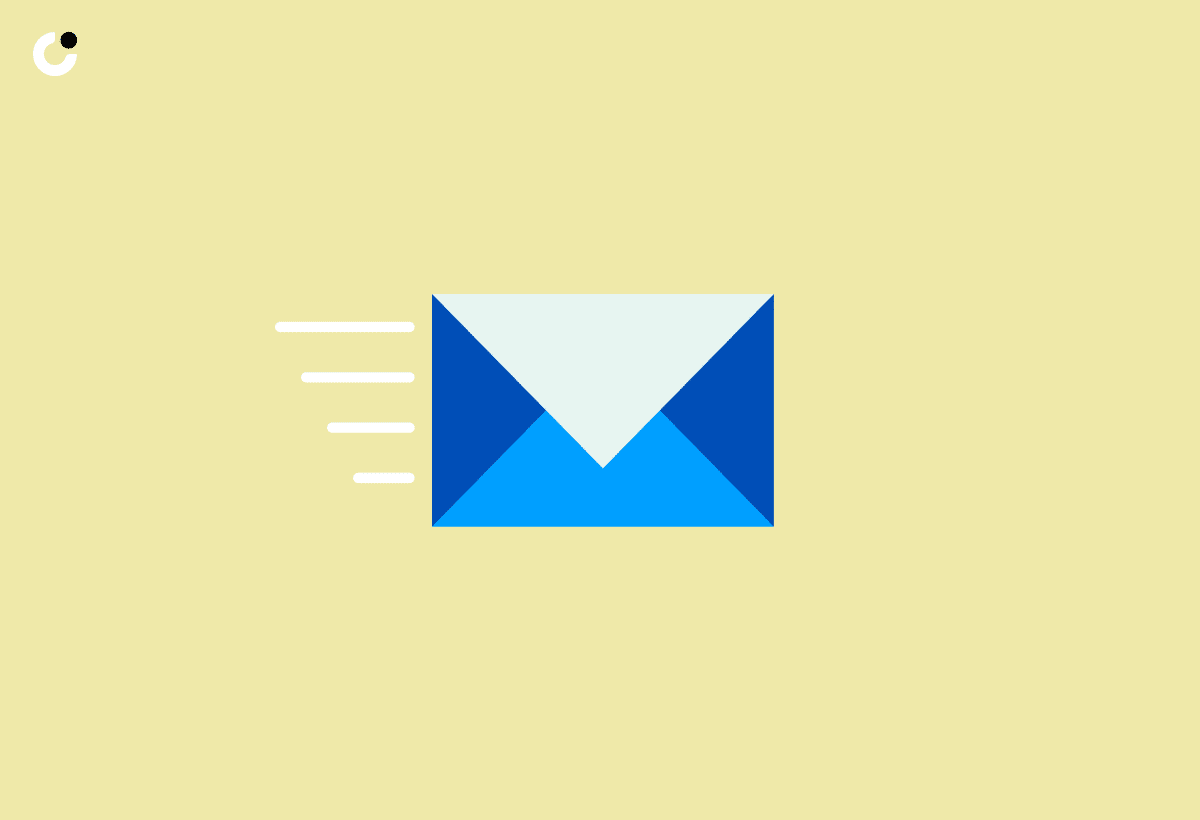
Sending check-in emails offers a range of benefits, including enhanced engagement, relationship nurturing, tracking project progress, and maintaining communication with colleagues and networking contacts.
Regularly reaching out through check-in emails demonstrates to clients, colleagues, and networking contacts that you value their involvement and input. It helps to foster a sense of transparency and trust within professional relationships. Such emails also provide a structured way of keeping track of project milestones and deadlines, ensuring all stakeholders are kept informed and aligned.
Check-in emails prompt responses and interactions, encouraging collaboration and problem-solving in real-time. They can be a valuable tool for soliciting feedback, discussing challenges, or sharing updates, promoting a dynamic and responsive workflow.
By maintaining ongoing communication through these emails, you create an open channel for discussions, brainstorming, and updates, enabling smoother project management and fostering a sense of cohesion among team members and external partners. This consistent interaction often leads to increased productivity and a more successful outcome for the project or task at hand.
Effective Strategies for Crafting Check-In Emails

Crafting effective check-in emails involves understanding the context of relationships, maintaining a professional tone, adding a personal touch, highlighting progress and key achievements, and including clear call-to-action statements.
When considering the context of relationships, it's crucial to acknowledge previous interactions and conversations to ensure a personalized approach. A professional tone sets the right impression and conveys credibility. Adding a personal touch, such as mentioning a shared interest or recent event, helps create a connection.
Providing updates on progress and key accomplishments not only reinforces your value but also keeps stakeholders informed and engaged. The call-to-action should be specific and actionable, guiding recipients on what to do next, whether it's scheduling a follow-up meeting, providing feedback, or taking a specific action.
Personalization Techniques for Check-In Emails
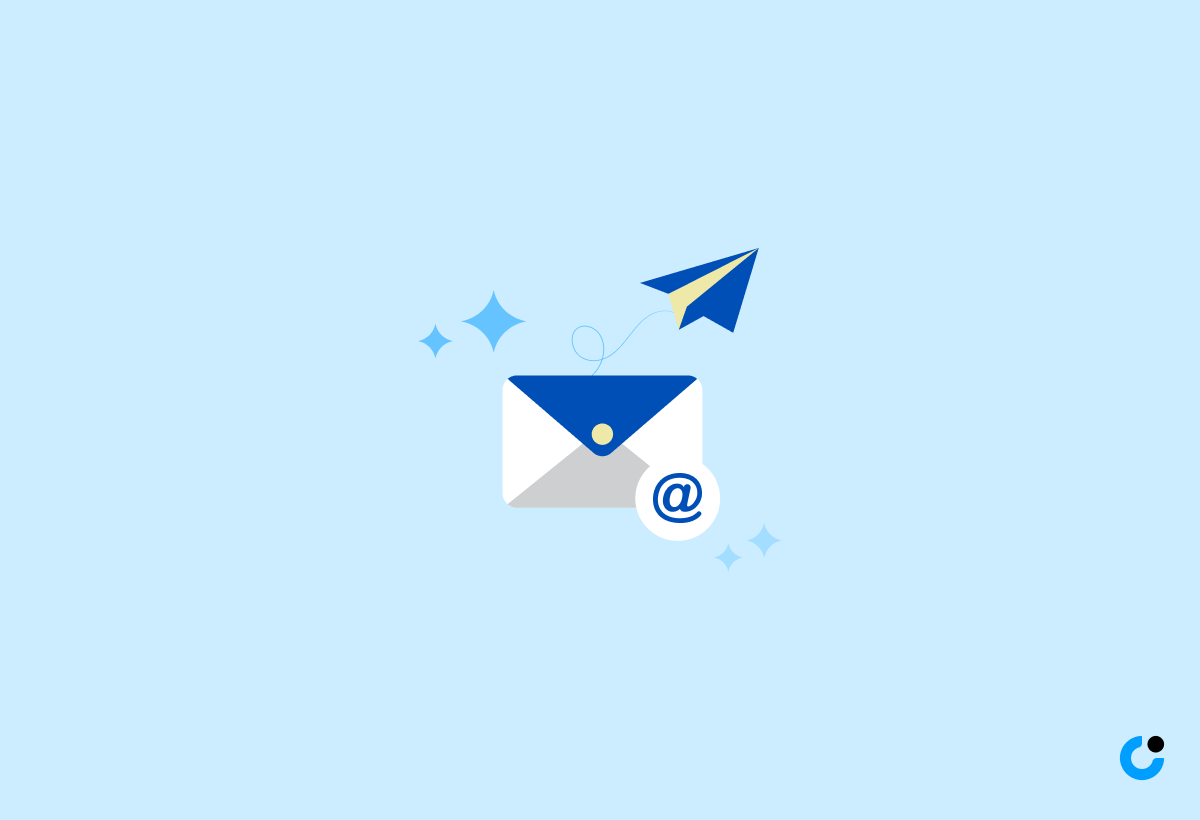
Personalization Techniques for Check-In Emails Personalizing check-in emails with genuine interest, valuable information, and professional templates is key to fostering strong relationships and effective business communication.
By showing genuine interest in the recipient, such as referencing a recent conversation or acknowledging a milestone, you demonstrate care and attention to detail. Incorporating valuable information related to the recipient's industry or business concerns can add substance to the communication, making it more relevant and engaging. Using professional templates ensures a polished and consistent appearance, reflecting positively on your professionalism. Tailoring the content to the individual recipient's preferences and communication style further enhances the effectiveness of the email, increasing the likelihood of a meaningful response.
Structuring Your Check-In Email for Success

Structuring Your Check-In Email for Success Properly structuring check-in emails involves clear actions, meaningful connections, concise status updates, and engaging content to ensure effective communication with clients, colleagues, and networking contacts.
When crafting a check-in email, it's crucial to set a specific purpose for the communication, whether it's seeking feedback, updating on a project, or simply maintaining a professional relationship.
Begin by greeting the recipient warmly, and then dive into the main purpose of the email. Use bullet points or numbered lists to break down information clearly and concisely. Include any attachments or links that may be relevant to the discussion, enhancing the reader's understanding and engagement.
End the email with a call to action or a question to prompt a response, ensuring active participation and further interaction.
Mastering Email Check-In Templates
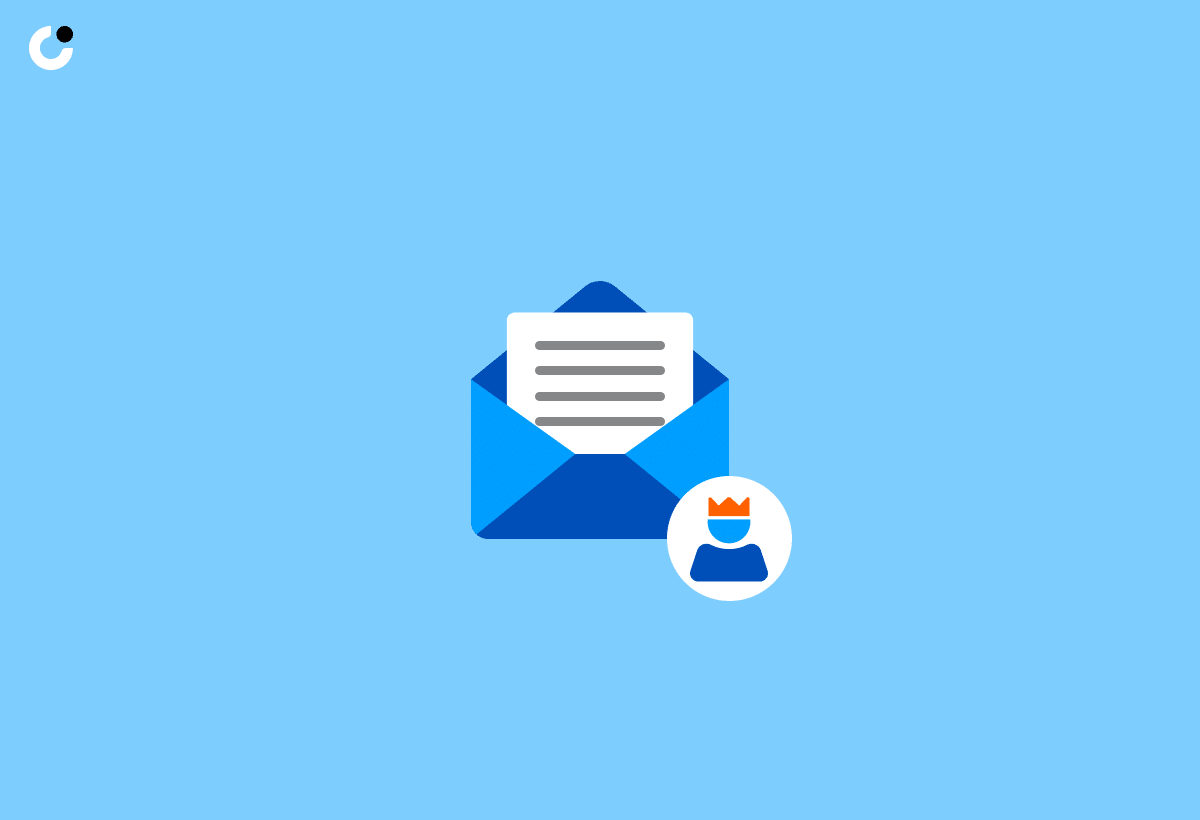
Mastering Email Check-In Templates: Leveraging email templates for check-in messages can streamline communication, ensure consistency, and save time in maintaining relationships with clients, colleagues, and networking contacts.
Using email templates offers a range of benefits for businesses looking to maximize their efficiency and effectiveness. Templates provide a structured format that ensures key information is included in every communication, eliminating the risk of overlooking important details. This not only saves time but also enhances professionalism by presenting a cohesive brand image.
Consistency is another crucial advantage of utilizing email templates for check-in emails. By using predefined templates with consistent language and formatting, organizations can maintain a unified voice across all interactions, enhancing brand recognition and credibility.
Email templates allow for quick customization, enabling users to personalize messages while retaining a consistent structure. This personal touch can help nurture relationships with clients, colleagues, and networking contacts, demonstrating attentiveness and care in every communication.
Key Elements of an Effective Check-In Template
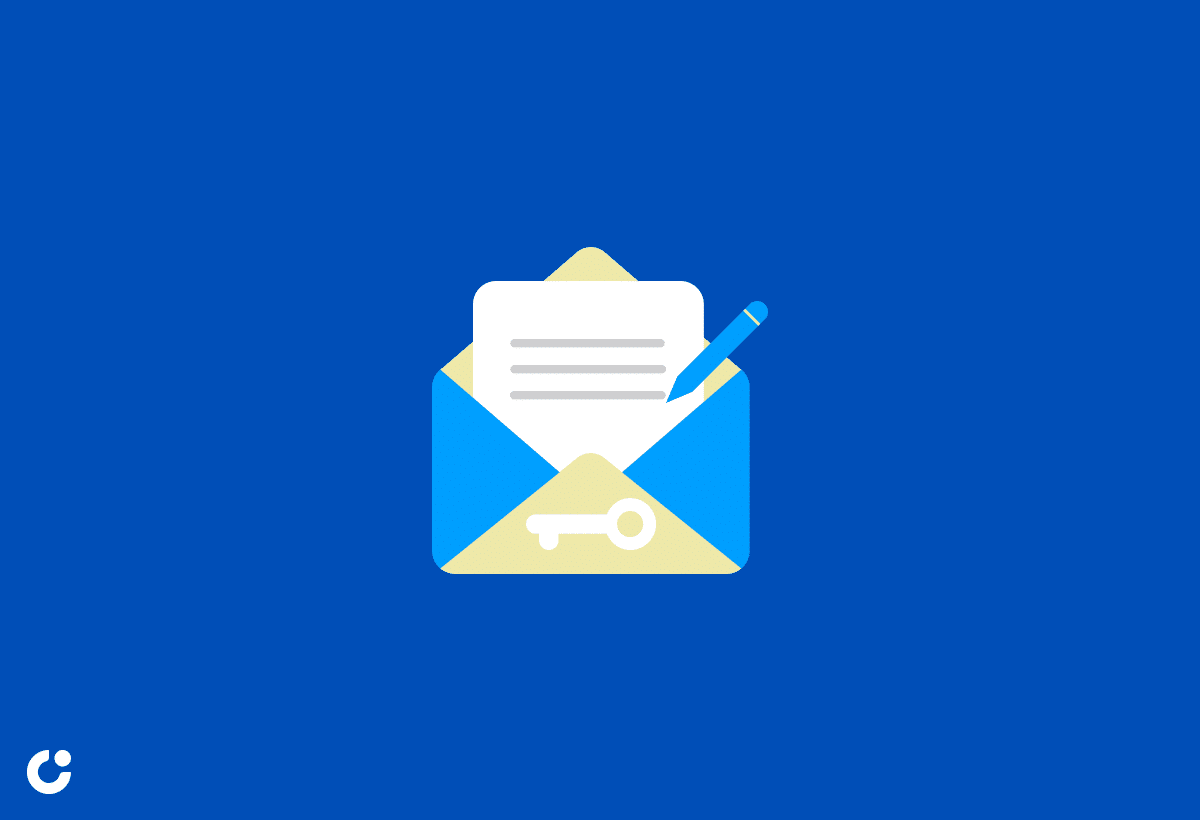
Key Elements of an Effective Check-In Template Successful check-in email templates should be personalized, offer valuable insights, maintain professional communication standards, and facilitate continued connections with clients, colleagues, and networking contacts.
Personalization is crucial in setting the tone for the recipient, showing them that the sender values the relationship. Providing valuable insights adds substance to the email, making it more than just a routine check-in.
Professional communication standards ensure that the email is well-crafted and respectful. By fostering ongoing connections with clients, colleagues, and networking contacts, these templates help strengthen relationships and build rapport over time.
An effective template should strike a balance between warmth and professionalism, engaging the recipient while conveying necessary information.
Tips for Writing Compelling Check-In Emails
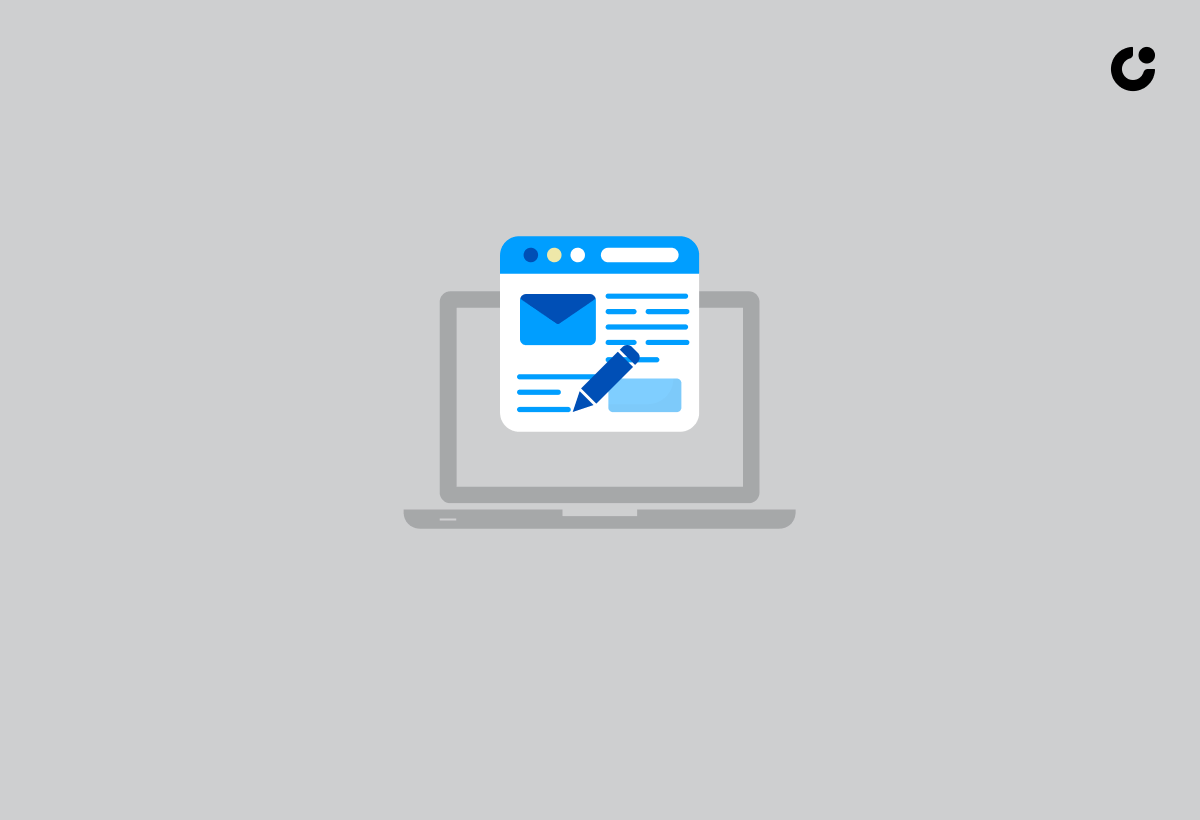
Tips for Writing Compelling Check-In Emails Crafting compelling check-in emails involves using effective communication techniques, personalized approaches, and showcasing genuine interest in building and maintaining relationships with clients, colleagues, and networking contacts.
One of the key strategies to create engaging check-in emails is to start with a personalized greeting, addressing the recipient by name. This small gesture can make the recipient feel valued and acknowledged, setting a positive tone for the rest of the message. Personalization is crucial in establishing a connection and showing that you have taken the time to tailor the email specifically for them.
It is essential to highlight the purpose of your email early on to capture the recipient's attention. Clearly stating the reason for reaching out can help them understand the relevance of the message and encourage them to continue reading.
Common Mistakes to Avoid in Check-In Emails
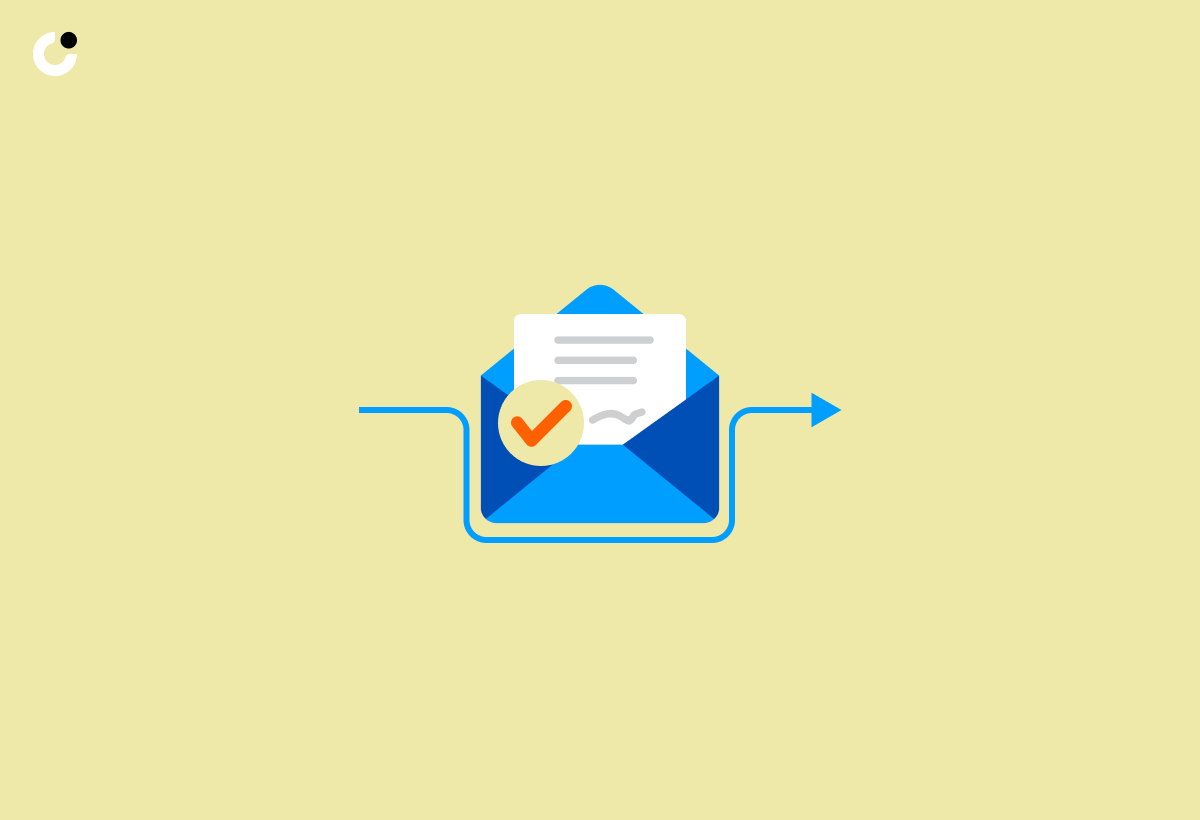
Common Mistakes to Avoid in Check-In Emails When crafting check-in emails, it is crucial to steer clear of common errors such as lack of context, excessive reminders, unprofessional tone, and overlooking the business nature of the communication.
One prevalent mistake in check-in emails is sending messages without providing sufficient context. This can lead to confusion or misinterpretation by the recipient. Oftentimes, individuals tend to overload their emails with multiple reminders, which can come across as pushy and irritating. It's essential to strike a balance between gentle reminders and being overly persistent.
Maintaining a professional tone is key in all business communications. Emails should reflect a level of respect, courtesy, and professionalism. Always remember to tailor your language and tone to suit the recipient and the nature of your relationship.
Utilizing Free Tools for Email Validation
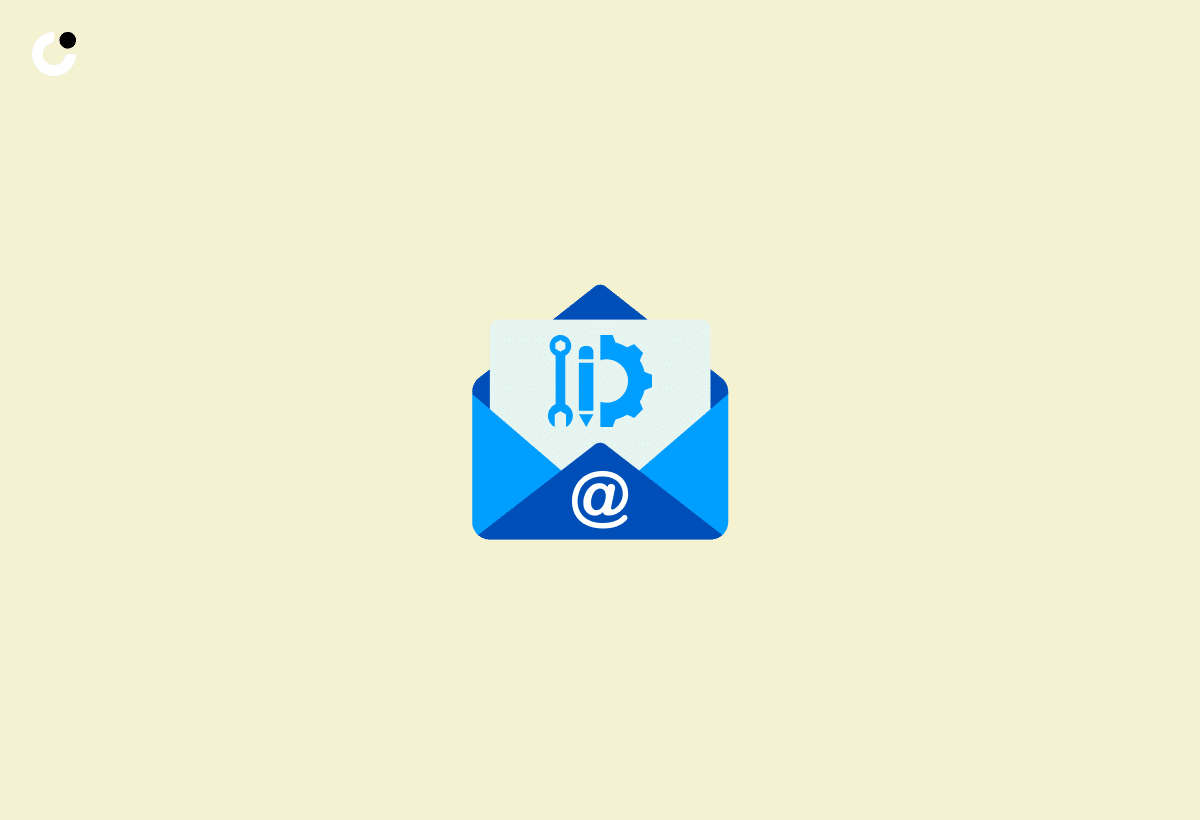
Utilizing Free Tools for Email Validation Accessing free tools for email validation can enhance business communication, streamline follow-up procedures, manage tasks efficiently, send reminders, and maintain a professional image when engaging with clients, colleagues, and networking contacts.
In the fast-paced world of business, it is crucial to ensure that emails are delivered to the right addresses. By using free email validation tools, businesses can significantly reduce bounce rates and improve their overall communication efficiency. These tools help in organizing follow-up activities by ensuring that messages reach the intended recipients. They also aid in managing tasks more effectively by providing accurate contact information. Setting reminders for important communications becomes seamless with the assistance of these tools.
Benefits of Email Checker APIs
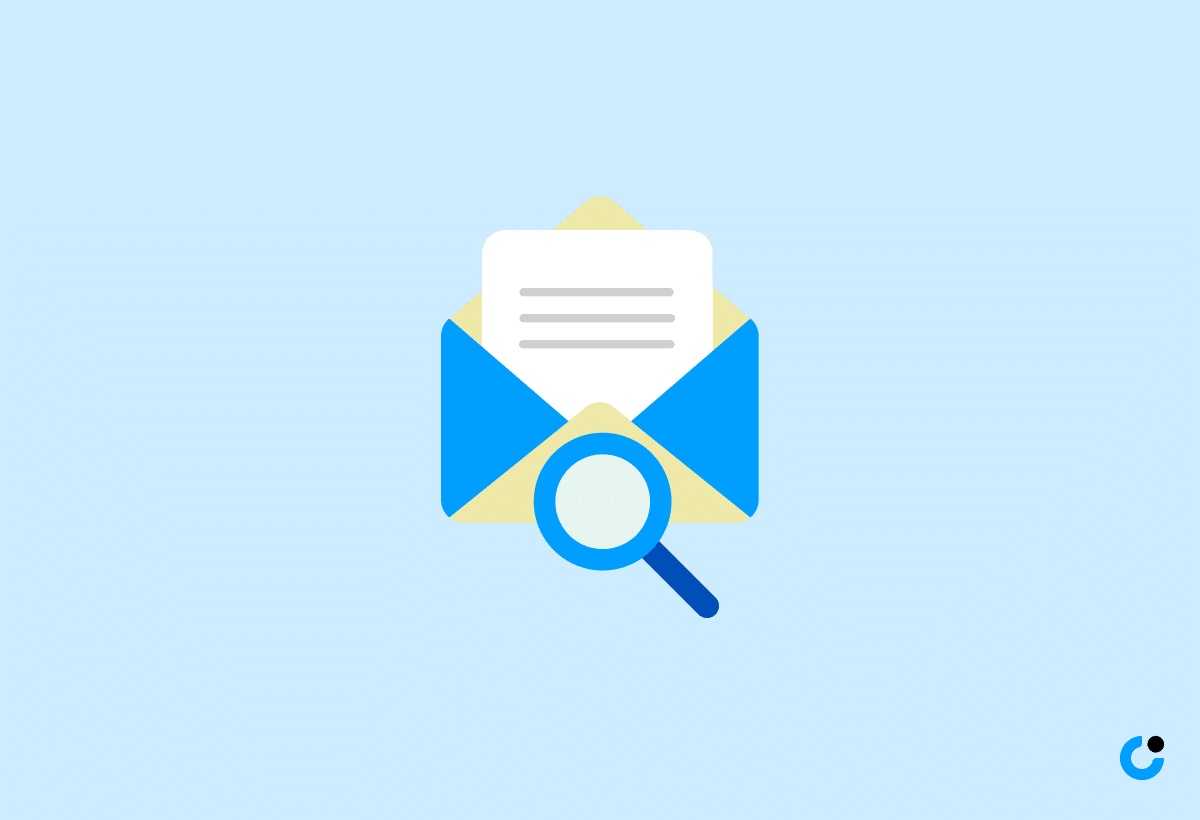
Benefits of Email Checker APIs Email checker APIs offer a range of advantages for enhancing business communication, maintaining an organized inbox, verifying professional contacts, and ensuring efficient follow-up with clients, colleagues, and networking prospects.
These APIs digitize the email verification process, saving time and ensuring accuracy in contact information. By quickly identifying invalid or inactive email addresses, businesses can prevent bounce-backs, enhance deliverability rates, and maintain a clean contact list.
Email checker APIs enhance data security by flagging suspicious or fake email addresses, protecting businesses from potential fraud or phishing attempts.
Ensuring Email List Quality with Free Tools
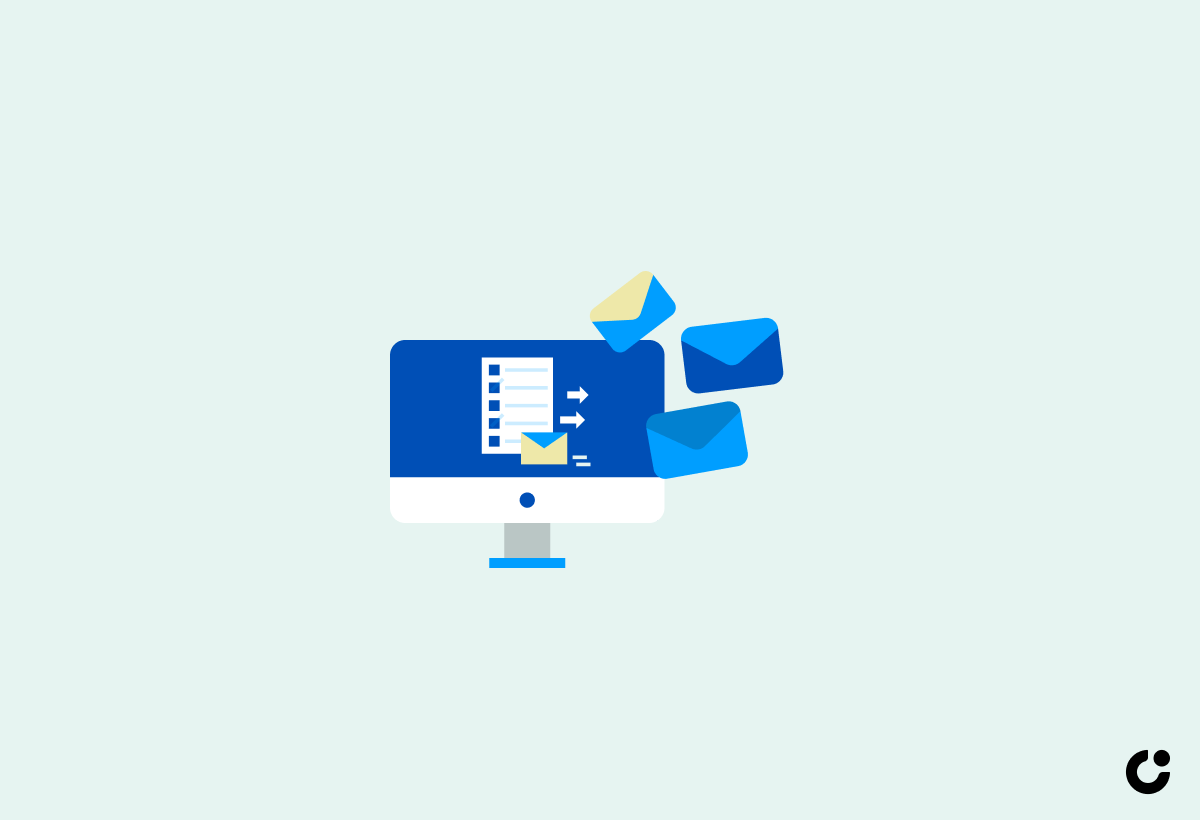
Ensuring Email List Quality with Free Tools Maintaining high-quality email lists using free tools is essential for effective business communication, managing tasks, setting reminders, and engaging professionally with clients, colleagues, and business prospects.
By leveraging the capabilities of free tools, businesses can streamline their email marketing efforts, ensuring that their messages reach the right audience at the right time. Utilizing these tools allows companies to avoid the pitfalls of outdated or inaccurate contact information, thereby optimizing their marketing campaigns.
Free tools greatly aid in managing and organizing tasks efficiently, enhancing productivity and ensuring deadlines are met. With reminder settings and automation features, these tools simplify the workflow, enabling teams to focus on core business activities.
Professional engagement with clients, colleagues, and prospects is significantly enhanced through the use of these tools. By maintaining clean, updated email lists, businesses can tailor their communications to specific target groups, fostering strong relationships and driving conversions.
FAQs About Check-In Emails
FAQs About Check-In Emails Frequently Asked Questions about check-in emails cover topics related to effective communication, relationship building, engagement strategies, and utilizing this powerful tool to stay connected with clients, colleagues, and networking contacts.
Check-in emails are essential for maintaining professional relationships and keeping connections strong. One of the best practices for communication is to personalize your emails, showing genuine interest in the recipient's well-being or projects. By doing so, you can establish rapport and strengthen relationships. Engaging with your contacts through regular check-ins also demonstrates that you value the connection beyond just work transactions. These emails can serve as a way to nurture relationships, share updates, offer assistance, or even just to say hello. Leveraging check-in emails can go a long way in fostering trust and loyalty with your network."
Frequently Asked Questions
What are some strategies for writing a check-in email to keep connected?
There are several strategies you can use, such as using a friendly tone, asking open-ended questions, and mentioning previous conversations or shared interests.
Is it important to keep in touch with people through check-in emails?
Absolutely! Check-in emails are a great way to maintain connections and show that you care about the person you are emailing.
How often should I send a check-in email?
This largely depends on your relationship with the person. For close friends or family, once a week or every other week is appropriate. For acquaintances or professional contacts, a check-in email once a month can suffice.
Can I use check-in emails for networking purposes?
Yes, check-in emails can be a valuable networking tool. You can use them to stay in touch with professional contacts and maintain a positive relationship for potential future opportunities.
What should I include in a check-in email?
A check-in email should include a brief greeting, ask about the person's well-being, mention something specific from your previous conversation, and end with an open invitation to continue the conversation.
How can I make my check-in email stand out?
To make your check-in email more personal and memorable, you can include a small gesture, such as a funny GIF or a link to an interesting article that reminded you of the person. This can help make your email more engaging and show that you genuinely care about the person.

